Mainland LCD raw materials are still in the initial stage of development
When publishing:2020-06-15 11:02:12
Liquid crystal material: still in the low-end
The world's major liquid crystal material manufacturers: Germany MERCK, Japan CHISSO, DIC, China Yongsheng Huaqing. Among them, MERCK has the largest output, accounting for about 50% of the global total. It has factories in Germany, Japan, and Taiwan. In 2005, sales increased by 27% over the previous year.
Research work on liquid crystal materials in China began in 1969. Official production of liquid crystal materials began in 1987, breaking the long-term technological monopoly of Germany and Japan. Restricted by a variety of subjective and objective factors, at present, China's liquid crystal materials only have medium and low-end TN and STN types, and most high-end materials (mainly TFT materials) are still only in the laboratory.
In 2005, four liquid crystal material companies in China sold 223.5 tons of liquid crystal (including 180 tons of monomer and 44.35 tons of mixed liquid crystal), with sales of 731 million yuan. A year-on-year increase of 89.87%. In recent years, various liquid crystal material manufacturers are committed to improving product quality, expanding varieties, and improving product structure. The most prominent liquid crystal monomer export scale was formed in 2005, among which Shijiazhuang Yongsheng Huaqing had the largest scale and most varieties among the four.
Substrate glass: in its infancy
At present, the main suppliers of substrate glass are Corning in the United States and Asahi Glass in Japan, NEG and NH Technology. Four of them almost monopolized the glass production and supply of the whole industry. European Pilkington also supplies TN and STN glass in small quantities.
In recent years, driven by the rapid development of the TFT-LCD industry, the demand for substrate glass has been in a period of rapid growth. In 2005, global production reached more than 74 million square meters, an increase of 56.6% over the previous year.
The production of substrate glass in China is still in the starting stage. According to reports, Ancai Hi-tech announced in 2005 that it would invest 2.2 billion yuan in the construction of a TFT substrate production line, with an annual output of 3 million square meters for 5G glass substrates. Rainbow recently announced an investment of 1.3 billion yuan to complete 5G and above 5G TFT glass substrates in two phases. Among them, the first phase of investment is 800 million yuan, and the main goal is to annually produce 750,000 square meters to 900,000 square meters of 5G TFT glass; the second phase is determined according to the future generation of domestic TFT investment. However, the above two projects are still at the stage of demonstration and declaration.
The company that actually started production was Henan Luobo Group. After completing an investment of RMB 260 million to build a thin-plate glass production line for CSTN, it produced a CSTN glass substrate with a thickness of 0.55 mm in May this year. Now available in batches to the market.
Color filter film: panel companies built into the trend
At present, various types of liquid crystal displays, especially LCD TVs, have higher and higher color requirements, and at the same time, the pressure to reduce costs is also increasing. For this reason, color filter production lines are built into large TFT-LCD companies to reduce transportation and costs. This built-in CF accounted for 50% of the total CF production in 2005, and it is estimated that in 2006, the built-in CF will account for 60%.
In 2006, the three largest color filter manufacturers in the world were: LPL accounted for 16.4%, built-in; letterpress printing accounted for 12.6%, professional; Samsung accounted for 11.4%, built-in.
At the same time, various production companies have done a lot of work in improving raw materials, improving the optical performance of color films, improving production processes, and reducing costs. Among them, transfer and inkjet technology are worthy of attention. According to reports, Japan Toppan and Komura have cooperated to develop the transfer method, which is expected to reduce costs by 1/2, but the current mass production progress is still uncertain. The DNP is introduced into the inkjet method. In fact, the inkjet method has a lower technical threshold. Sharp ’s built-in 6th-generation color filters have been mass-produced by the inkjet method, and Taiwan Trade Show Mao Optoelectronics has also cooperated with the Taiwan Institute of Industrial Technology. French mass production.
Another challenge faced by color filter technology is to use field sequential (Field Sequential Color) technology to achieve colorization without using color film.
This is a technology that has been developed for many years and is only used in very limited areas. But now that the situation has changed, Samsung first introduced the CFL (Color Filter Less) 32-inch LCD without filters at the FPD International 2005 in 2005, which attracted much attention.
The panel uses field sequential mode (FS) to achieve color, adopts RGB-LED backlight, OCB panel, response speed is 5ms, resolution is 1366 × 768 pixels, brightness is 500cd / m2, contrast ratio is 1000: 1, aperture ratio is 78 %, The color performance range is 110% of NTSC, the power consumption is 82W, and the driving frequency is not announced. Because no filter is used, the panel can cut costs and the price drops by 20%. There is no specific data on the number of LEDs used.
Transparent electrode: developed into an independent category
Since China is still an important production base for TN and STN-LCD, ITO conductive glass has developed into an independent industry category. At present, there are about 40 ITO conductive glass production lines in mainland China. The main manufacturers include a wholly foreign-owned enterprise—Suzhou Board, etc., a large-scale production line enterprise—Shenzhen CSG, Shenzhen Leibao, etc .; Shenzhen South Asia, Anhui Wuhu Changxin, Jiangsu Jintan Kangdak, Shenzhen Howe, etc.
According to incomplete statistics, China's actual output in 2005 has exceeded 10 million square meters. Not only can it basically meet domestic demand, the export ratio has also reached a certain level. At the same time, the technical level and product quality have greatly improved.
Polarizer: supply continues to be tight
Under the market conditions where the demand for LCD panels in the world's high-tech market has increased significantly, the demand for the quality and quantity of polarizers is also rising.
In 2001, the global polarizer market size was 805 million US dollars. In 2002, driven by the growth of TFT-LCD demand, polarizers increased by 46%, with a total output value of 1.173 billion US dollars.
According to DisplaySearch estimates, if according to the current expansion plan of raw material suppliers, the supply of polarizers will continue to be tight until 2008.
At present, Nitto Denko, the world's largest polarizer market, has a market share of about 40% to 50%, Sumitomo Chemical is about 20%, Sanli is about 15%, and the rest are Lite and LG Chem. China's polarizer production is still in its infancy. The main manufacturers are Shenzhen Shenfang Lucky, Wenzhou Qiaoye, Foshan Weida, etc. The products are narrow-width (500mm) polarizers for TN and STN. Currently, wide-width (1330mm) products cannot be provided.
The main raw material costs of polarizers account for 60% -70% of the cost of product sales, and TAC and PVA films account for 75% of the raw material costs.
Backlight system: mainstream or CCFL
The backlight module mainly includes: a light source (CCFL or LED), a light guide plate, a reflection plate, a diffusion plate, a frame, etc. At present, the most used in LCD is the backlight CCFL (cold cathode fluorescent lamp) and LED (light emitting diode).
The mainstream of the backlight system is still CCFL. There are dozens of companies producing CCFL backlight modules, mostly from Taiwan, and Japan and South Korea have also moved in a lot in the past two years. Half of the global backlight module output comes from Taiwanese manufacturers in China, followed by South Korea and Japan. Shenzhen Emperor Guang was the earliest and large-scale company in the mainland. There are few companies producing cold cathode fluorescent tubes, the largest in the Mainland is Nanjing Langguang, and the only ones that are relatively large in the world are HORISON (Japan), SANKEN (Japan), Jinfu Electric (Korea), and Power Alliance (Taiwan). .
At present, more mature CCFL alternative light sources, in addition to LED, there are FFL (Flat Fluorescent Lamp, flat light source), OLED and carbon nanotube technology. Although the latter two have prototype development, they have not yet reached the point of mature application.
LED as a backlight source is getting more and more attention. It has been widely used in small displays such as mobile phones, and is expanding towards desktop PC monitors, portable PCs and LCD TVs. Although Oled products appear on the market now, its randomness and ultra-thinness are better than LEDs, but its service life and color are not as good as LEDs, so LEDs are still the best choice for LCD backlights.
FFL has the advantages of simple assembly and mercury-free. Under the stable production pass rate, the cost of FFL can be the most competitive of all backlight technology. Therefore, manufacturers have begun to mass produce and apply them to large-sized 32-inch or larger. Size LCD TV module.




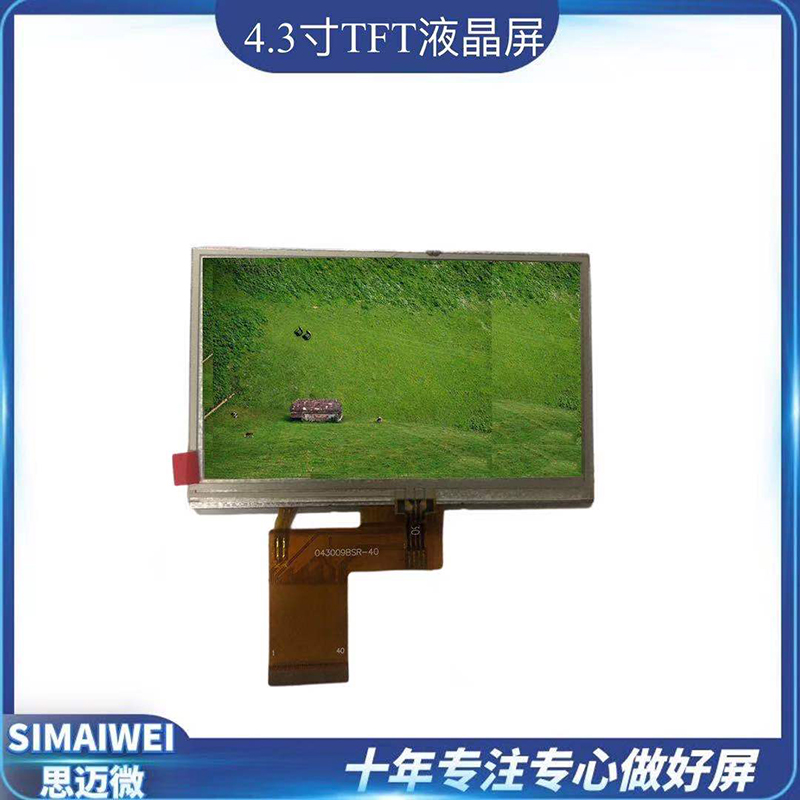
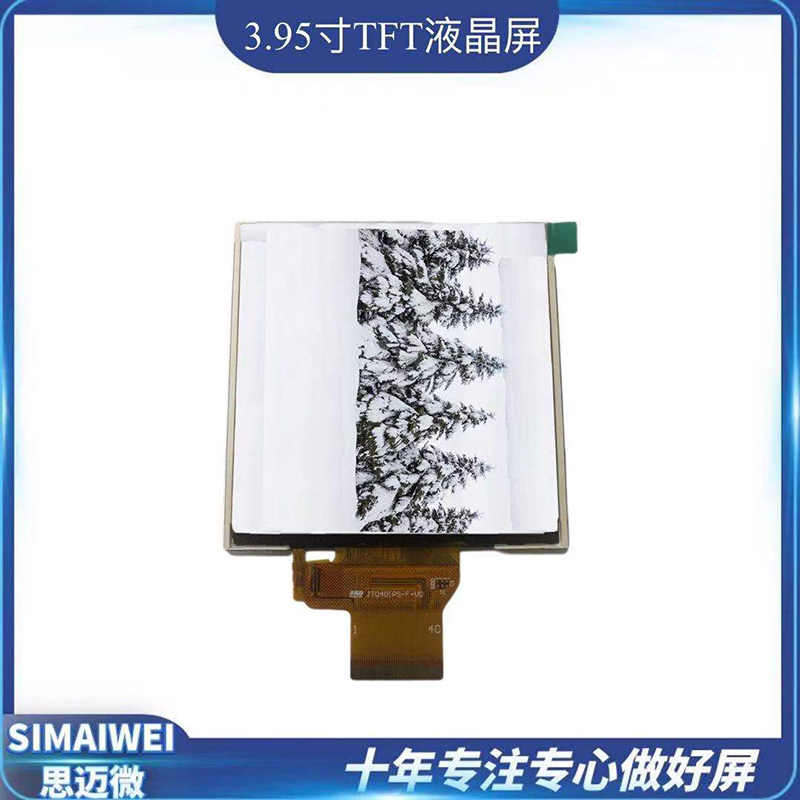
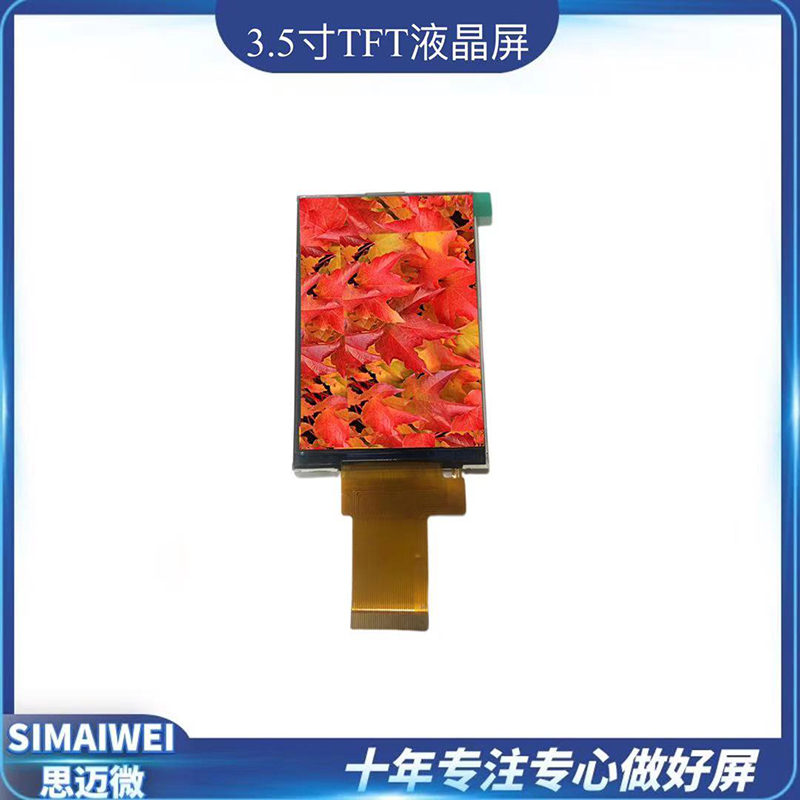
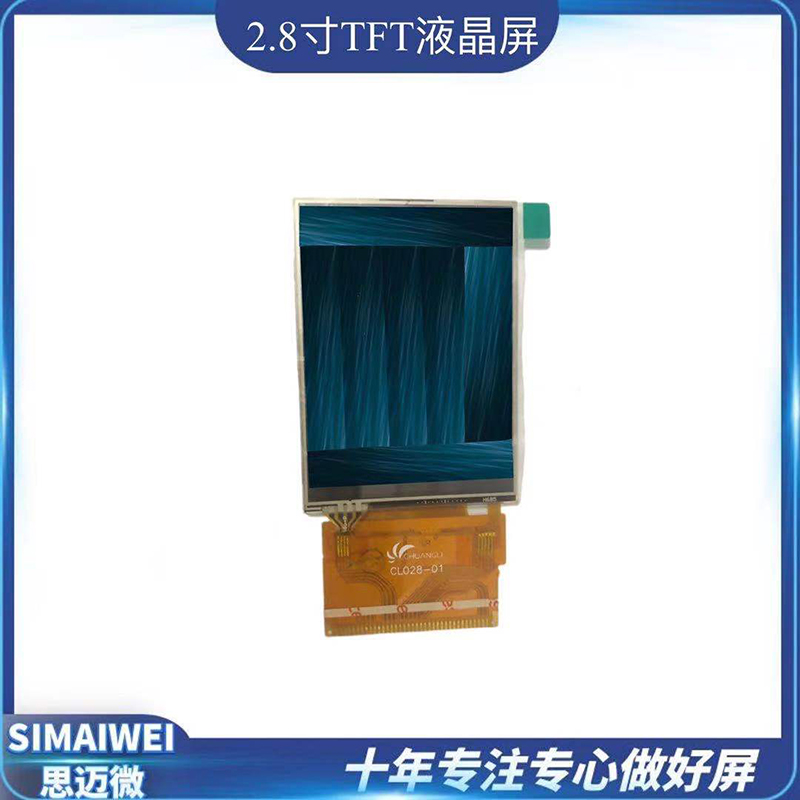
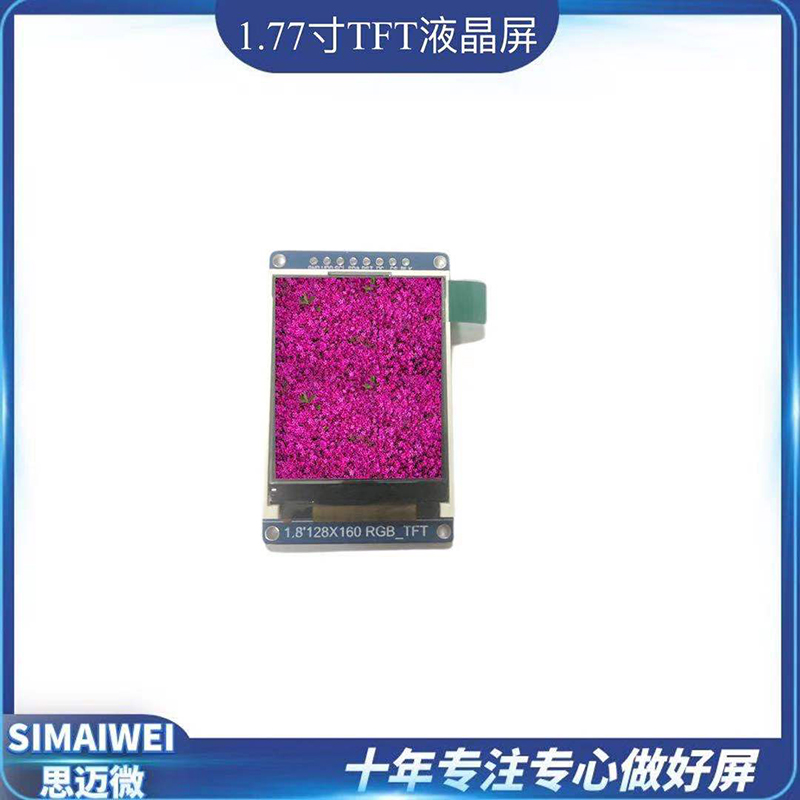
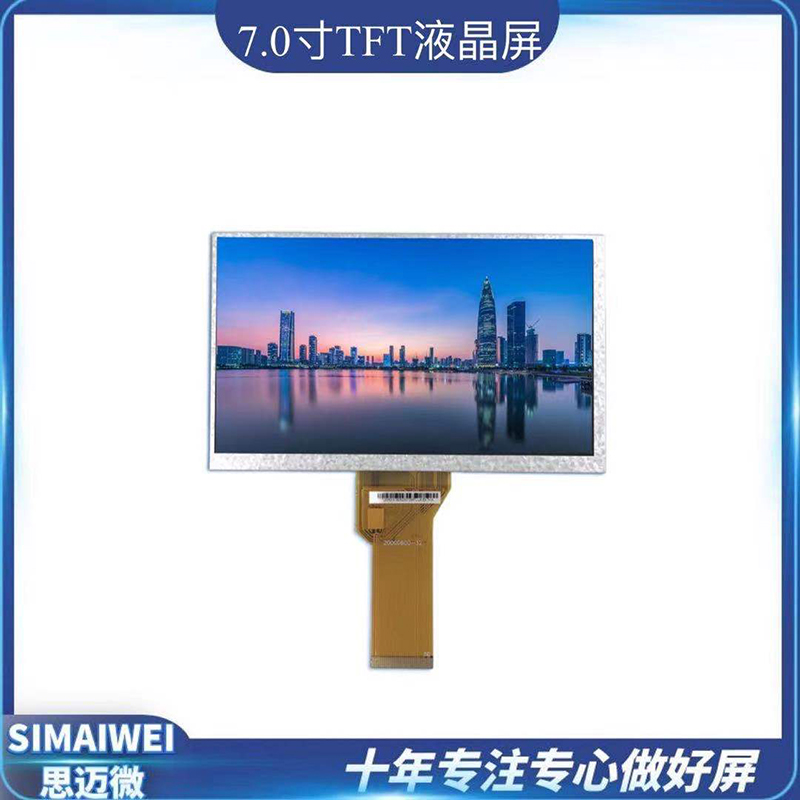








 Back to top
Back to top